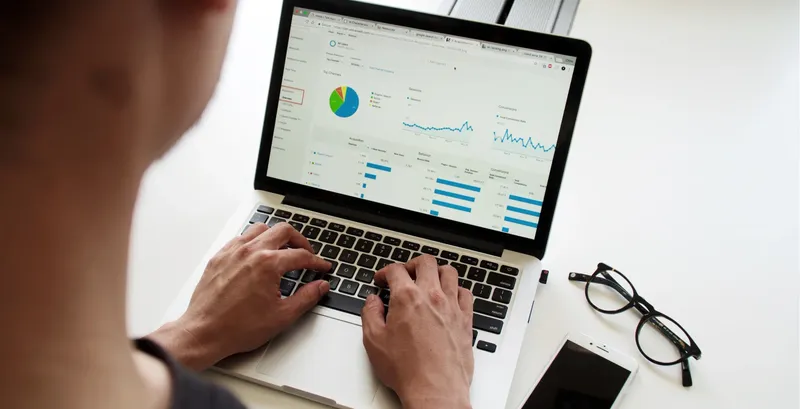Technical Report Methodology
Home | Abstract | Introde | Procede| method | Result | Conclusion | Recommendation | Acknowledgement| References
Technical Report Methodology
In this section, we provide an overview of the methodologies employed to gather and analyze data pertaining to the IT activities . These methodologies have been carefully chosen to ensure the accuracy and reliability of the information presented in this documentation.
Data Collection
To gather data relevant to the IT activities , the following methods were employed:
Surveys and Questionnaires: Anonymous surveys were distributed to students, faculty, and staff to collect feedback and insights on their IT experiences. These surveys covered aspects such as user satisfaction, IT service utilization, and suggestions for improvement.
Interviews: In-depth interviews were conducted with key stakeholders, including faculty members and IT staff, to gain a deeper understanding of specific projects and challenges faced during the semester.
Data Logs: System logs and performance metrics from our IT infrastructure were analyzed to assess the performance and reliability of our IT systems. This data allowed us to identify any anomalies or areas requiring attention.
Data Processing
The collected data underwent rigorous processing to ensure its accuracy and relevance:
Data Cleaning: Raw survey data were cleaned and validated to remove any inconsistencies or errors, ensuring the reliability of the survey results.
Statistical Analysis: Statistical techniques, including descriptive statistics and correlation analysis, were employed to derive meaningful insights from the survey responses and performance metrics.
Data Sources
The data sources used in this documentation include:
Internal Systems: Data generated from our school's internal IT systems, including student portals, learning management systems, and network infrastructure.
User Feedback: Direct feedback from students, faculty, and staff provided valuable qualitative insights into their IT experiences.
Performance Metrics: Data logs from servers, network devices, and IT service management tools offered quantitative performance metrics.
External Research: Relevant external research and industry benchmarks were consulted to contextualize our findings and compare our IT initiatives to best practices.
Tools and Software
The following software and tools were utilized in the data collection and analysis processes:
Survey Software: Excel was employed to create and distribute surveys, collect responses, and generate reports.
Statistical Software: SPSS facilitated the analysis of survey data, allowing for in-depth statistical examination.
Data Visualization Tools: Weka and were used to create clear and informative charts and graphs to represent the data.



Comments
Post a Comment